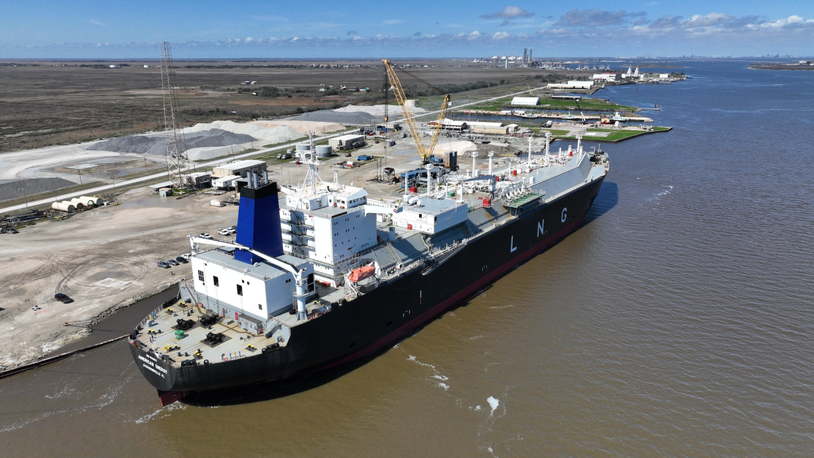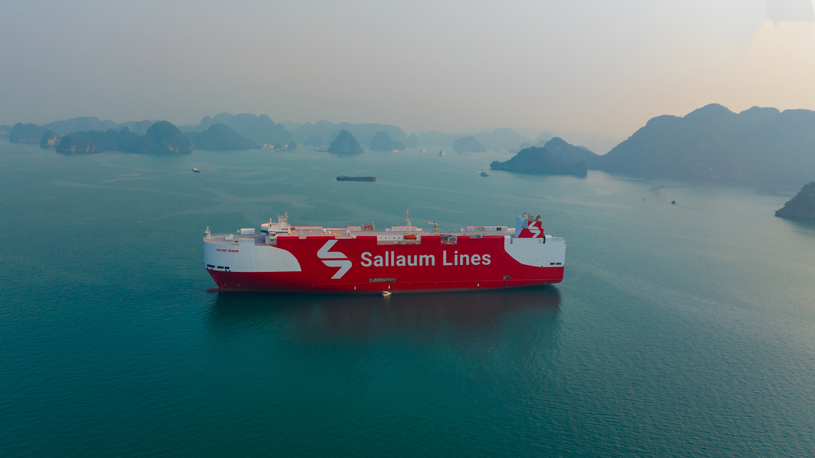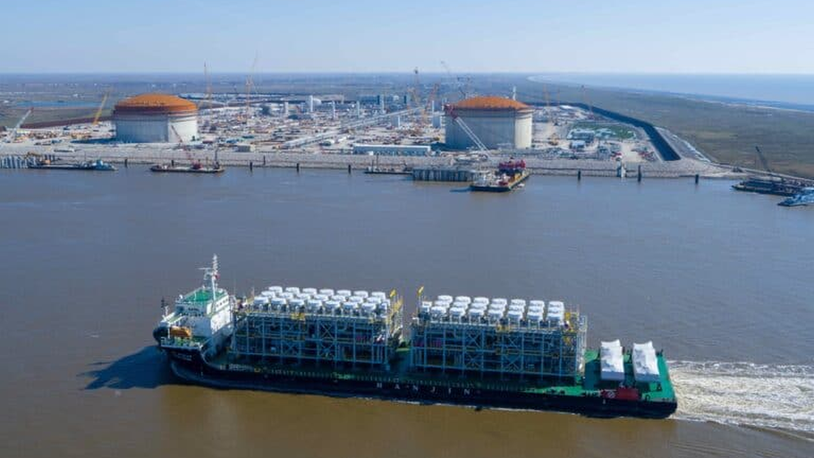Business Sectors
Events
Contents
A chance for a profitable second life
Given the current historic low-price gas environment and the push towards the decarbonisation of shipping, energy efficiency is more critical than ever for LNG carriers.
Shipowners will need to provide charterers with highly efficient tonnage, with reduced fuel consumption and boil off rates, lowering transportation costs as much as possible.
These factors underpin the selection of high-pressure, Diesel-cycle ME-GI and low-pressure, Otto-cycle X-DF propulsion systems in new LNG carriers. Some owners claim that LNG carriers fitted with these advanced two-stroke propulsion systems can generate 30% lower fuel consumption than even tri-fuel, diesel-electric (TFDE) vessels and even better performances versus steam turbine-propelled tonnage.
An influx of LNG newbuilds fitted with advanced dual-fuel propulsion systems over the next two years could have a knock-on effect on older steam turbine-propelled vessels that will be coming off long-term charters; between 2020 to 2023, some 54 such vessels will come off their long-term charters, according to Wood Mackenzie.
“54 steam turbine-propelled vessels will come off their long-term charters from 2020 to 2023”
While these older vessels might be less desirable to charterers in their current configurations, they might still generate profits for owners in new roles. Shipowners should consider assessing the economic viability of converting these older, smaller capacity vessels into floating storage and regasification units (FSRUs) or floating storage units (FSUs). A long-term charter as an FSRU might give these vessels a second change at a profitable life.
As newly appointed Excelerate Energy COO Calvin Bancroft told us: “Looking ahead, as the global economy slowly opens up and continues on its road to recovery, a majority of industry forecasts estimate for the LNG marketplace to be oversupplied across most of the 2020s. Substantial investment in LNG infrastructure to access new markets will be required, which we expect to be mainly based on new FSRU terminals.”
Excelerate recently added a newbuild FSRU to its growing fleet for just that purpose.
With over 45 projects in the pipeline, LNG-to-power development is expected to drive demand for FSRUs, according to energy analysts at Poten & Partners.
Developers find FSRUs attractive for several reasons: they can be supplied faster than building an onshore terminal, allowing LNG to be brought to a new market sooner; FSRUs are built at shipyards, avoiding any local labour constraints or supplier and logistical issues; they are flexible, allowing the developer to charter them on a seasonal demand basis – in the off-season, some can be employed as traditional LNG carriers in the market; and last but not least, shipowners have already provided the upfront financing for the FSRU.
While all of the projects in the pipeline are unlikely to come to fruition, some that do will be addressed by either newbuild FSRU tonnage or existing older tonnage converted for purpose.
Examining the global FSRU market, Poten & Partners LNG finance advisor, business intelligence Melanie Lovatt said she expected to see more conversion financing in 2020.
Golar LNG has been successful at both converting older tonnage and building new FSRUs. It has long-term charters in place for three of its four converted Moss-type FSRUs.
In its first half results, released at the end of July, membrane cargo containment technology provider GTT estimated it could receive orders for between 10 and 20 newbuild FSRUs between 2020 and 2029. This is lower than it projected in its H1 2019 results, when GTT estimated between 30 and 40 units for the 10-year period ending 2028.
Whether newbuilds or converted for purpose, FSRUs will be critical in underpinning the growth of LNG into new markets.
Related to this Story
Events
Maritime Environmental Protection Webinar Week
Cyber & Vessel Security Webinar Week
The illusion of safety: what we're getting wrong about crews, tech, and fatigue
Responsible Ship Recycling Forum 2025
© 2024 Riviera Maritime Media Ltd.













